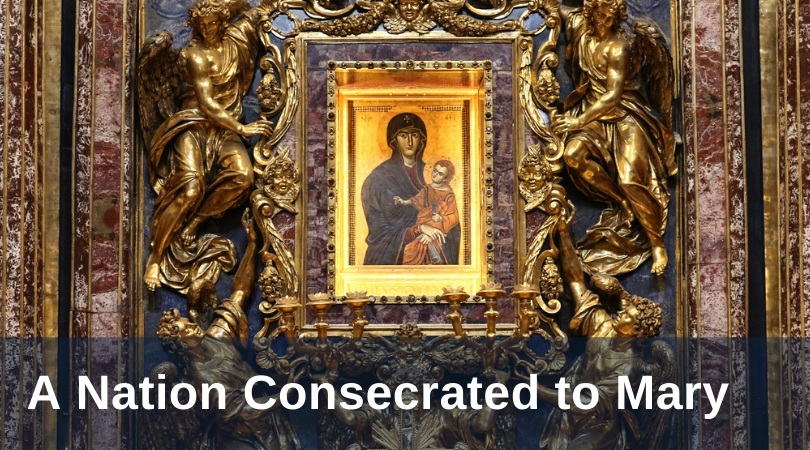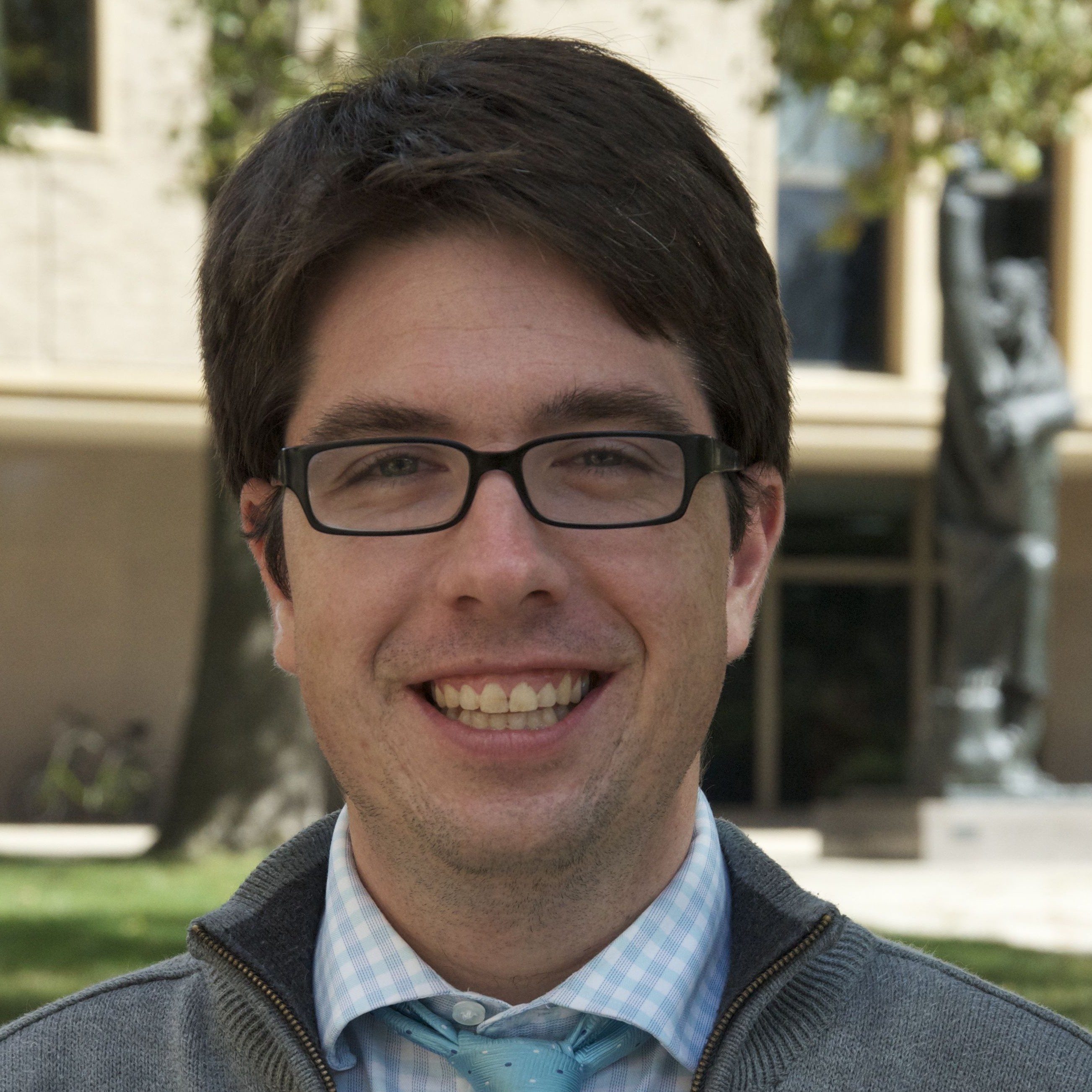
Today, May 1, Archbishop José Gomez of Los Angeles (in his role as president of the United States Conference of Catholic Bishops) will be renewing the consecration of the United States to the Blessed Virgin Mary. The United States has been consecrated to Mary on three occasions including 1792, 1846, and most recently in 1959. Yet why consecrate the nation to the Blessed Virgin Mary at all?
Early in the Church’s history, Mary has been called Theotokos, the God-bearer. She is the Mother of God and in Christian iconography, we see this motherhood on display. In his extraordinary blessing of the city of Rome and the world on March 27 (Urbi et Orbi), Pope Francis asked for the intercession of the Blessed Virgin Mary to heal the world from the scourge of COVID-19. He offered this prayer before a Roman icon attributed to St. Luke known as Salus Populi Romani (the health of the Roman People). The image shows Mary tenderly holding the Christ-Child, the folds of Mother and Son’s clothing merging into one another. Jesus gazes upon her with tender attention, extending his right hand in a blessing, holding a Gospel book in his left. Mary’s eyes are directed not to Jesus but to the viewer of the icon. She is the mother of Jesus, the Word made flesh. And because of this love, the tenderness of her mercy extends from Christ to the Church.
This icon depicts the intercessory dimension of Mary’s identity. Jesus still hears the prayers of his beloved brothers and sisters, crying out in pain. But intercessory prayer in Catholicism is not a competition. Mary, who knew the innocent love of the miraculous babbling babe, whose heart was pierced as she gazed upon the Death of her Son for the life of the world, is assumed into heaven body and soul. She is Queen of the saints, interceding for her sons and daughters. She is the Mother of Jesus, and therefore the Mother of the Church, the Mother of the whole human family.
These claims are essential to a Catholic theology of Marian devotion. And yet, why consecrate anything at all to the Blessed Virgin Mary?
Consecration means to set something apart by making that thing sacred. We are consecrated in Baptism becoming priests, prophets, and royal figures. Churches are consecrated as sacred places for the administration of the sacraments. And as Catholics, we can re-consecrate ourselves, re-dedicate ourselves to our deepest identity as those baptized into Jesus Christ.
The consecration of a nation to the Blessed Virgin Mary is therefore to a rededication of the common life of that nation not to profit, prestige, war, or power, but to the tender mercy of the Mother of God. The whole world is suffering from this global pandemic. And it is those on the margins, the forgotten children of humanity, that are crying out for mercy. It is the elderly most likely to die from this dreadful virus. Social distancing has cut many of our beloved grandmothers and grandfathers off from the communities that sustained them. In addition, it is the prisoner who is especially susceptible to the illness, shown no mercy by a society who cannot give even a thought to their suffering. It is the homeless who no longer can get a bit of food or find a place to sleep without fear of contracting the illness. It is those who are now unemployed, trying to feed their families, scrapping together any money they can. It is the forgotten.
The love of Christ and the tender gaze of our Blessed Mother will not forget any of us, the children of God who “mourn and weep in this valley of tears.” By consecrating the nation to the Blessed Virgin Mary, we set this nation apart as a nation dedicated to the mercy of divine love, as a nation that will not forget.
Will this consecration end the pandemic? In asking this question, we enter the mystery of prayer itself. We profess faith that God hears each of our prayers. God knows the suffering of the human family from the inside out. And God’s beloved saints, the first fruits of the renewed human family, know this suffering too. Jesus Christ and his Blessed Mother will intervene in some way, in a way that we cannot see—that we will never see as limited creatures who are unable to perceive the whole, who cannot recognize every cause of every thing. This is the mystery of intercession, of prayer itself.
What we can control is giving ourselves over as a Church and a nation to the tender gaze of the Blessed Virgin. This gaze should draw our eyes to the fervent prayers of the forgotten ones suffering from the pandemic. Mary is the Mother whose heart is moved to compassion by the suffering of the human family.
We must consecrate ourselves, our nation, our states, our cities, our towns and villages to this same merciful love.
Mary, Mother of mercy, Salus Populi Romani, pray for us.
Like what you read? Submit your email below to have our newest blogs delivered directly to your inbox each week.
Featured image: Salus Populi Romani by Fr. Lawrence Lew, OP; CC-BY-NC-ND-2.0.


